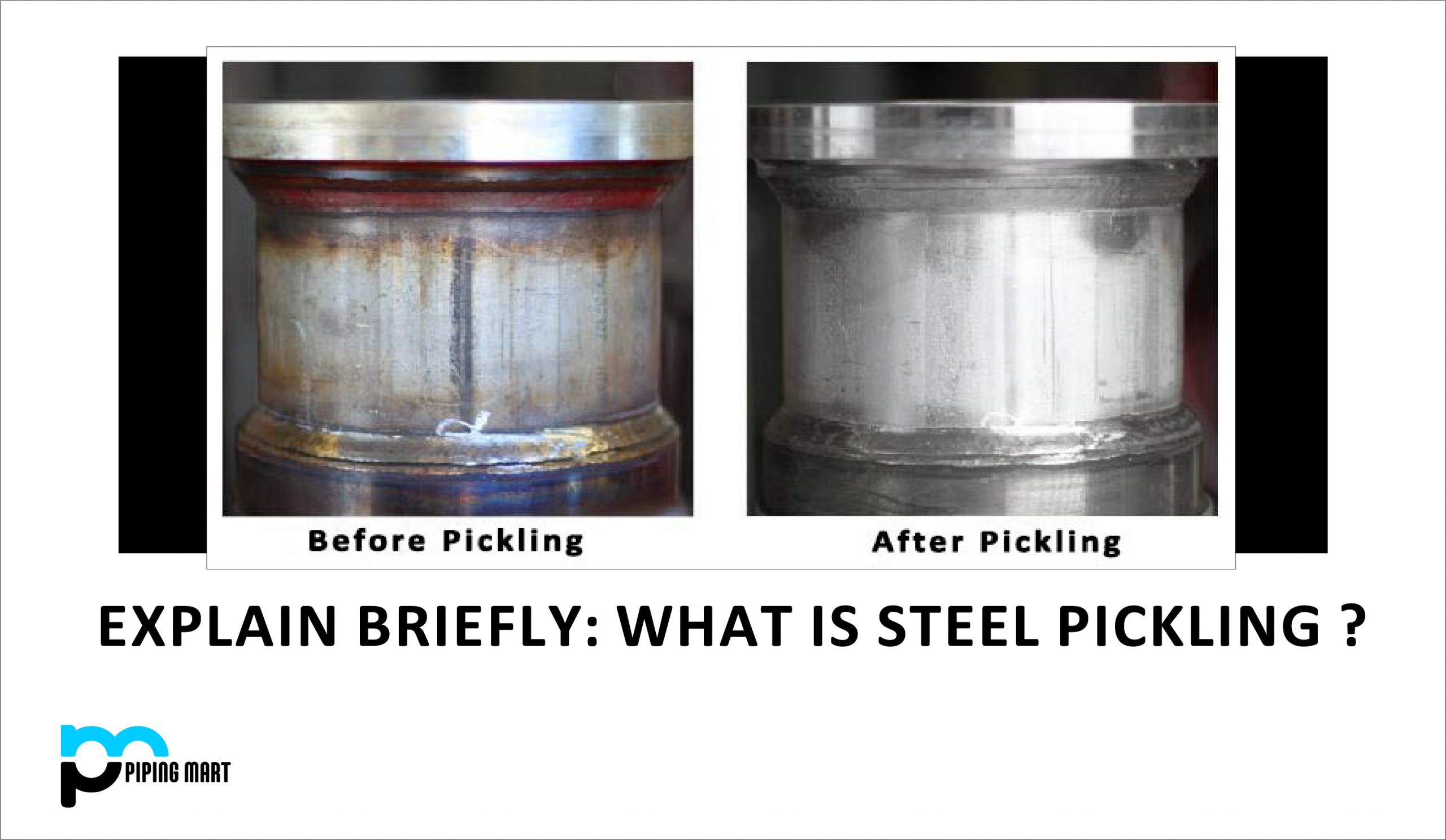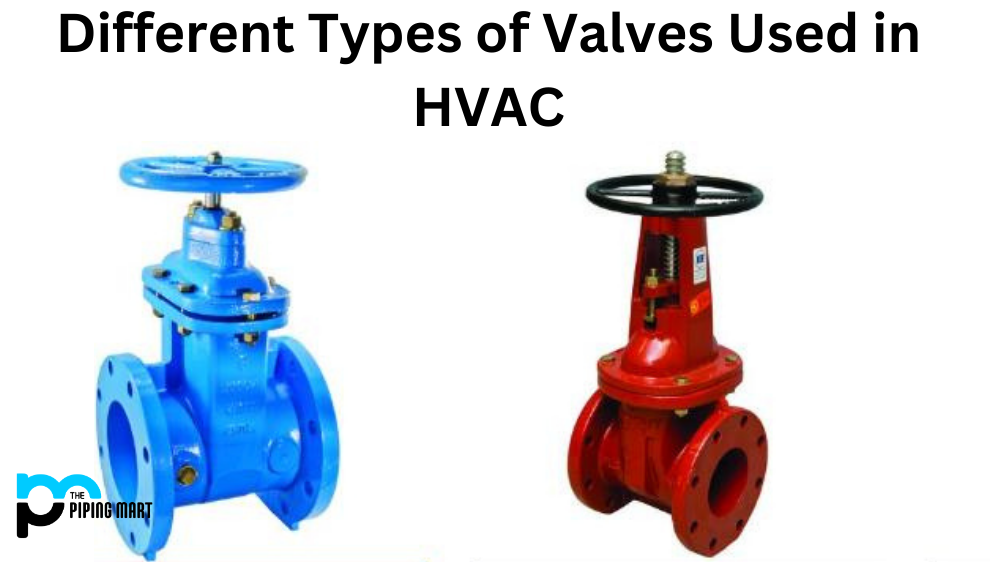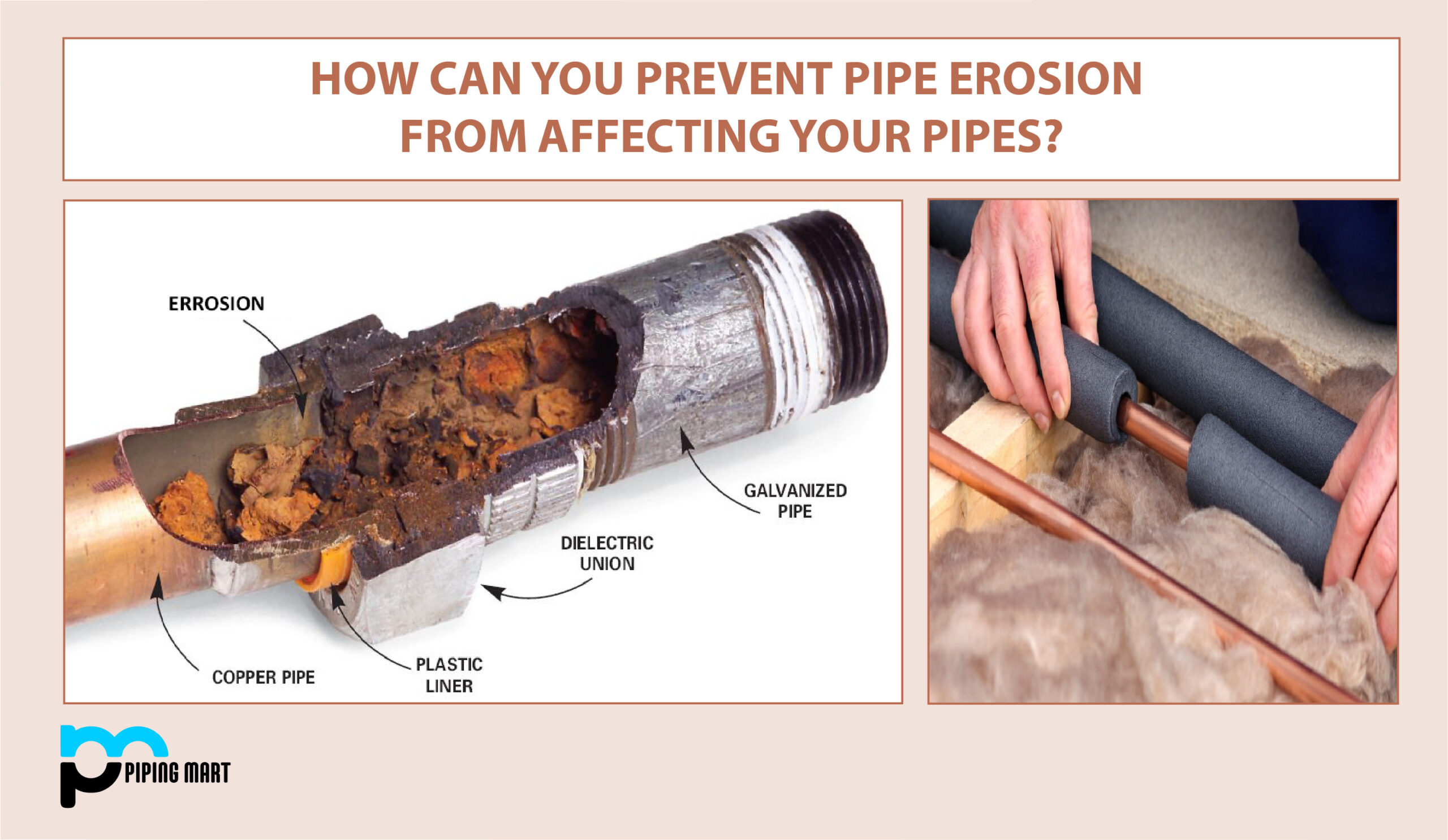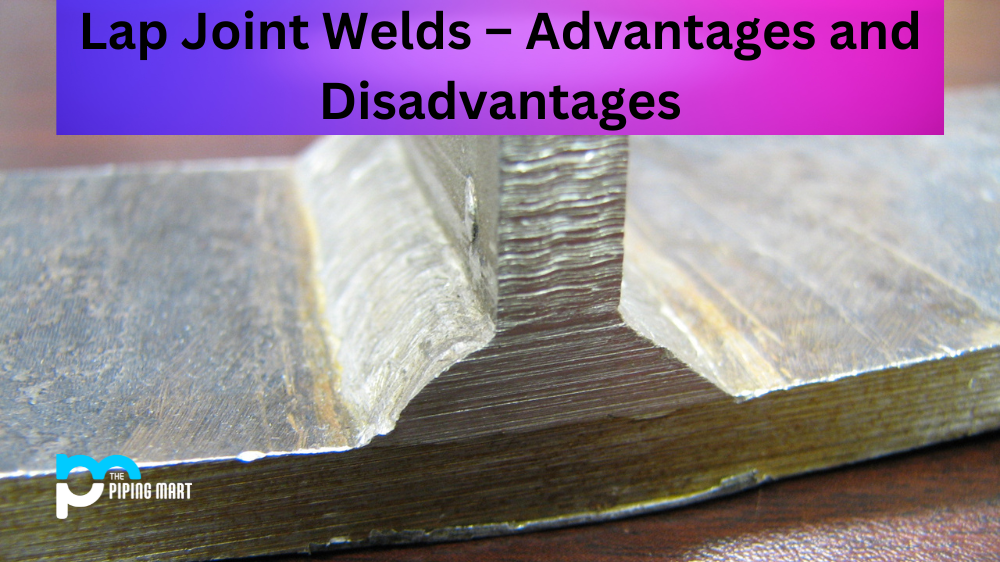Pickling, in its most basic form, is an acid bath technique used to remove the useless iron oxide scale that accumulates on hot-worked steels as well as other impurities (you may know iron oxide as rust, but there are actually at least 15 other known allotropes of iron oxide). When steels are hot worked above their recrystallization temperature, oxygen reacts with the outer layer of iron, resulting in a flaky coating of scale. This coating makes it harder to deal with and paint the steel.
Why is it Called Pickling?
Pickling includes immersing the metal in a solution to remove surface impurities. The solution employed is known as pickle liquor, and the act of dipping the metal into it is known as pickling.
How is Steel Pickled?
Pickle liquor is made by immersing hot wrought steel in a vat of sulfuric or hydrochloric acid. Steels with a carbon content of more than 6% will require a further stage using nitric, phosphoric, or hydrofluoric acid. To avoid the acid eating up too much of the metal, the metal is dipped into the bath for a certain period of time. The amount of scale removed is normally between 1% and 3% of the mass of the steel.
When the metal is removed from the bath, it is washed and ready to continue with its processing. It is usually ready for cold working at this stage. Pickling sludge is leftover pickling liquor that has been contaminated with rust flakes and iron scales. Because it is frequently seen as an environmental danger, it is occasionally neutralized with a base (typically lime) and then discarded. There are also systems in place to recover some of the sludge’s remaining valuable compounds, such as hydrochloric acid and ferric oxide. There are also methods that make use of discarded mill scales. The scale can be taken to a sintering factory to be reformed into a solid mass of steel from iron oxide dust and flakes.
Alternatives to Pickling
A smooth clean surface (SPS) is a mechanical scale removal procedure. Abrasive brushes scrape the scale off the metal as the (typically sheet) steel passes through a succession of rollers. Without the use of water or oils, this approach eliminates scale.
Flame cleaning is a simple method that removes the surface of a metal, often structural steel, using an oxyacetylene flame. To prevent digging too deeply into the metal, use a normal oxy torch with the flame substantially reduced.

Pipingmart is B2B portal specializes in industrial, metal and piping products. Also, share latest information and news related to products, materials and different types grades to help business dealing in this industry.




